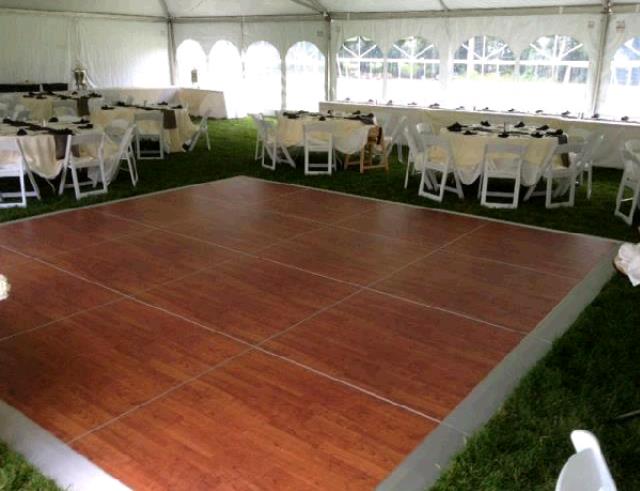Finding the Perfect Dancing Floor Dimensions for Your Occasion to Ensure Optimal Satisfaction and Comfort
Finding the Perfect Dancing Floor Dimensions for Your Occasion to Ensure Optimal Satisfaction and Comfort
Blog Article
As planning an occasion that features dancing, one of the key important factors is the size of the dance floor. The right dance floor dimensions can significantly impact the enjoyment and ease of the guests. A dance floor that is excessively limited can lead to overcrowding, making it difficult for people to navigate unrestricted. Conversely, a dance floor that is excessively spacious may feel vacant and uninviting. Thus, achieving the perfect equilibrium is vital for establishing an enjoyable atmosphere.
To determine the appropriate dimensions for a dance floor, it is crucial to consider the number of attendees expected the occasion. A common guideline is to allocate about 2 to 4 sq feet per person. For example, if an event is projected to have 100 attendees, a dance floor of around 200 to 400 square feet would be ideal. This dimension allows enough space for people to dance comfortably without experiencing constrained. Additionally, it is important to think about the type of event and the dancing genre that will be showcased, as some dance genres demand more space than alternative styles.
Another consideration to take into account is the configuration of the location. The dance floor should be easily accessible and noticeable to all guests. Placing the dance floor in a central area view publisher site can encourage more guests to join in on the fun. It is also important to make sure that there is enough space around the dance floor for attendees to socialize and interact. This can help create a vibrant atmosphere where guests are at ease transitioning between dance and socializing.
The kind of surface material can also affect the overall experience. A level, sturdy surface is necessary for secure dance. Common materials for dance floors include wood, vinyl, and laminate. Each of these options has its advantages, such as longevity and simplicity of care. Choosing the appropriate flooring can enhance the dancing experience and minimize the chance of falls and injuries, ensuring that guests can have fun themselves without concern.
Ultimately, it is essential to take into account the overall theme and atmosphere of the occasion when choosing a dance floor dimension. The dance floor should match the design and theme of the occasion. Lighting can also play a significant role in establishing an welcoming dance area. Employing colored lights or focal lights can elevate the atmosphere and encourage attendees to take to the dance floor. By thoughtfully evaluating these factors, occasion planners can design a dance floor that optimizes enjoyment and ease for all guests.